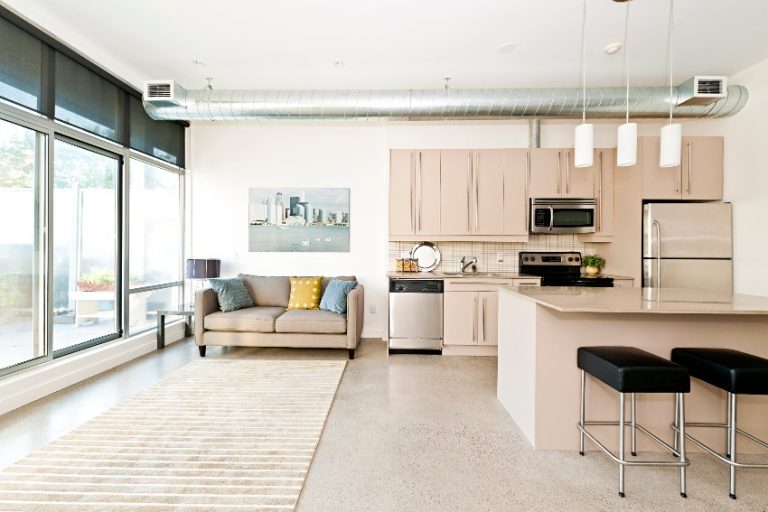Types Of Teak Wood (Different Varieties & Grades)
These are the types of teak wood including the different varieties by location, what this material is, uses, how it looks, wood grades, and tips on how to identify it.
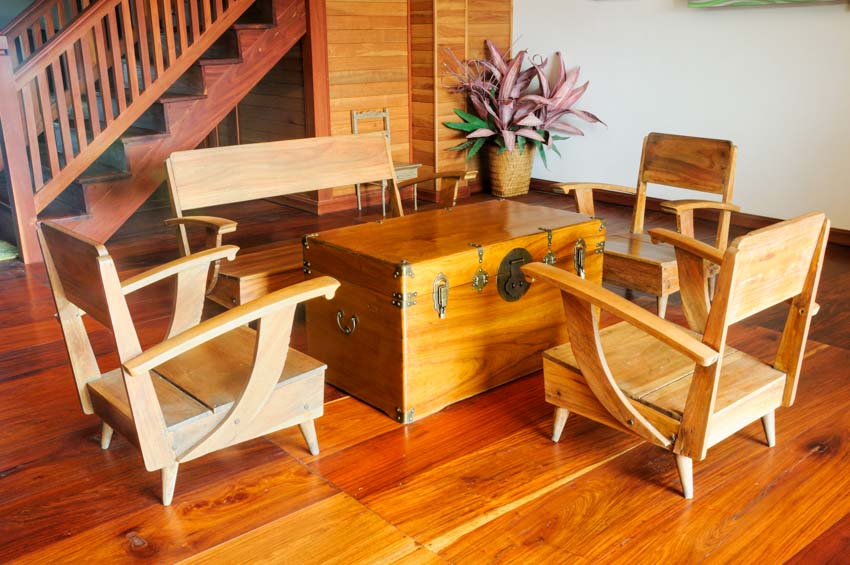
As more people recognize the health and wellness benefits of wood, more seek to incorporate the organic material into their built environments. Perceived as a comfortable, familiar, and relaxing aesthetic, teak wood is one of the most popular choices among authentic wood in the market is teak.
Teak’s hardwood qualities, such as being water-resistant, preventing molds, and mildew build-up, make it a favored furniture material. The tight-grained teak wood makes it a durable and versatile option for both traditional and modern-themed homes.
Teak Wood Varieties By Location
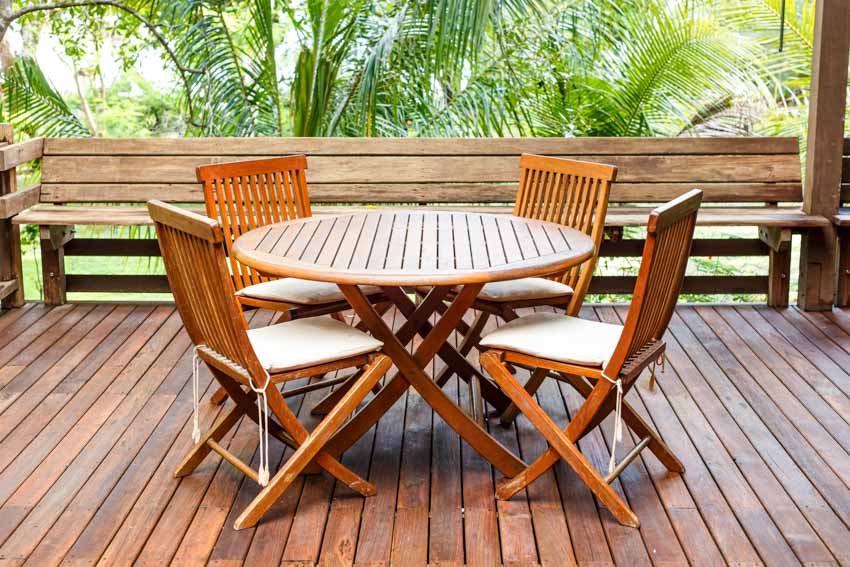
Burmese Teak
For the creme de la creme of teak wood, the variety that comes from Burma and Myanmar is the best and is also going to be the most expensive of them all. It comes in a golden-brown color.
The texture is smooth, and it is among the types of wood grain patterns that are evenly distributed. Teak wood is used for applications that require both beauty and durability. It can be used for building boats, houses, furniture, and beautiful teak wood flooring.
The Burmese teak is the most expensive due to the high demand, not counting the actual qualities of the tree, such as having a high oil content. The trees are also allowed to grow for a long time, for as long as 50 years, unlike others that are grown rapidly for half of that time.
Less time to grow makes the wood weaker and will be prone to cracking. There’s also the fact that the environment and soil of Burma are ideal for its growth, so nothing can come close to duplicating the qualities of true Burmese teak.
Height: 100-130 ft
Janka Hardness: 1,070 lbs
Banyuwangi Teak
If the objective is to obtain durable teak and where aesthetics is secondary, this Indian teak variation will be the best option. It possesses the strength expected of teak but without the golden-brown color.
Height: 80 to 100 feet
Indian Teak
Considered one of the best types of teak, the Indian variety of teak wood comes close to that of Burma’s, but it comes in limited supply due to its high demand locally.
The wood is only available to select regions. The Indian teak lumber is valuable due to the tree’s ability to develop into gorgeous coloring, increase in density, and have valuable oils, qualities perfect for creating excellent furniture.
Height: 100 feet
Janka Hardness: 1,070 lbs
Indonesian Teak
The Indonesian variety of teak wood also comes close to Burmese teak wood. Because of Indonesia’s climate, it is suited for growing teak wood, despite teak not being a native species.
The tree is best grown in sub-tropical areas. The tree is grown for 30 years before it can be harvested, much shorter compared to the Burmese teak, which takes 50 years.
Height: 100 feet
Janka Hardness: 980 lbf
Philippine Teak
The tree is considered endangered in the Philippines, though you will still find furniture made of Philippine teak through illegal logging. It is best not to avoid purchasing such furniture.
Height: 80 feet
Bojonegro Teak
Another of the Indonesian variety of teak wood. This is also considered to be one of the best. It has a golden-brown hue with a texture of straight grain with the possibility of waviness.
However, just like the Philippine teak, the wood is logged and traded illegally, although things have calmed down today. Trading with this variety should be taken with caution, and should opt for other alternatives.
Thailand Teak
If there’s any that can topple Burmese teak, this could be it. It has the same qualities as that of Burmese teak but what it lacks is supply. This lumber is also rare in the market.
Height: 90-120 feet
Janka Hardness: 1,100 lbf
Dahat Teak (Tectona Hamiltonian)
This variety that comes from Myanmar is unfortunately endangered. The number of actual living specimens is unknown, so sourcing Dahat teak should be considered with caution. It is the smallest type of teak wood with a maximum height of 26 feet, and the trunk only grows in a circumference of around 27 inches.
Height: 26 feet
African Plantation Teak
Teak wood grown in African plantations is not as durable as Burmese teak since these are harvested for 20 to 25 years. While this is the expected time frame to maturity for teak wood, the most durable ones are those harvested above 25 years.
And the longer the wood is allowed to grow, the more durable it is. However, these characteristics are expected from teak wood grown from plantations that harvest their trees too early.
Height: 160 feet
Janka Hardness: 1,070 lbf
African Teak
A sidenote on African teak, buyers should be wary about any hardwood labeled African Teak wood. Verify that it is real teak because a tree called iroko is native to Africa and could have been mislabeled as teak.
However, iroko is also durable but water-resistant, so it isn’t all that bad. This tree also shows great resistance to rot and insect infestation. African teak is typically kiln-dried to remove excess water before it is made into furniture.
Height: 100-120 feet
Janka Hardness: 1,000 bf
Chinese Teak
If you are looking for something that looks like real teak, then the Chinese Teak (Robinia/black locust) is your best alternative. The supply is vast, and the cost is lower than real teak. The wood has similar properties to real teak, so you don’t have to worry about its durability factor.
Height: Varies
Janka Hardness: 1,155 lbs
South American Teak
Teak is expensive, and some of them are even rare, if not outright illegal, to trade, so sourcing alternatives to teak is sometimes the best option for anyone looking to have teak-like wood for their needs.
The South American teak is one of those look-alikes for teak. The tree is called garapa. It is also golden-brown but not like the golden-brown hue of real teak and has a wavy grain pattern.
Height: 100-120 feet
Janka Hardness: 970 lbs
What Is Teak?
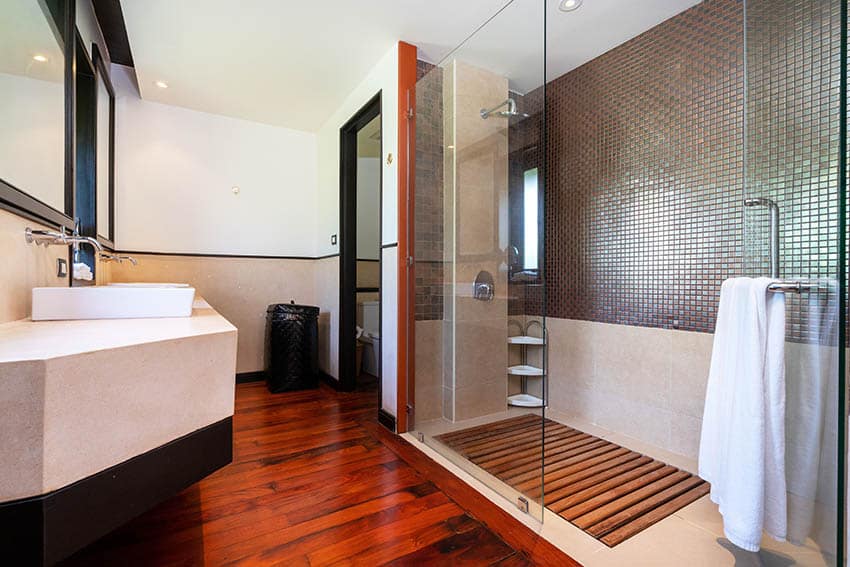
The hardwood is characterized as very dense wood, as seen with its close-graining, making it dimensionally stable lumber. Also, due to its density, it is considered one of the heaviest and hardest wood materials. On the Janka Hardness Scale, it scored 1,155 lbs which are a little over English Oak’s 1,120 lbs.
Due to its resistance to rot and having natural oils to prevent water from seeping through the lumber, teak wood has been extensively used since the 7th century to build boats and ships.
With teak wood’s exploitation, many parts of the world have banned the use of trading of teak, and most teak furniture today is mostly sourced from legal, regulated government plantations.
Dubbed as the king of woods for its straight-grained structure, attractive hues, and strength, teak today remains one of the best lumber qualities for furniture making, especially for outdoor use. You can also find it used for cabinets and counters.
Teak furniture can last 50 to 70 years or even longer with the right conditions and maintenance. Some of the oldest types of benches made from teak are still found in Britain’s oldest parks, almost a century old. See more types of teak outdoor furniture here.
What Does Teak Look Like?
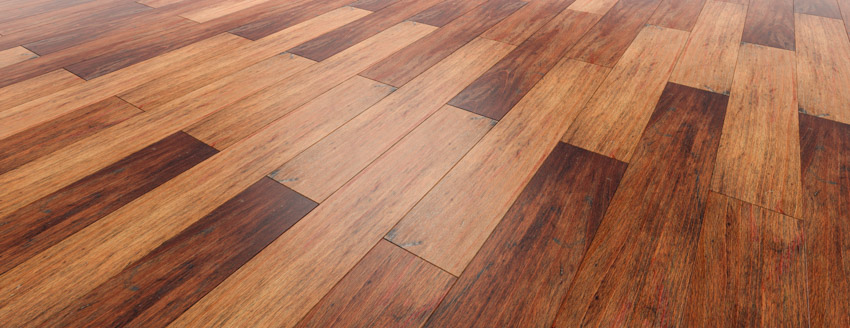
Teak wood will naturally turn silver-gray after 4 to 8 weeks, especially after UV rays and rain exposure. The aging process is only caused by oxidizing of the surface layer only, not affecting the rest unexposed wood.
While the natural patina offers that vintage appeal, a teak protector or teak sealer can be used to delay this aging process. The treatment and occasional cleaning can restore the weathered teak to its original coloring.
Is Teak A Hardwood?
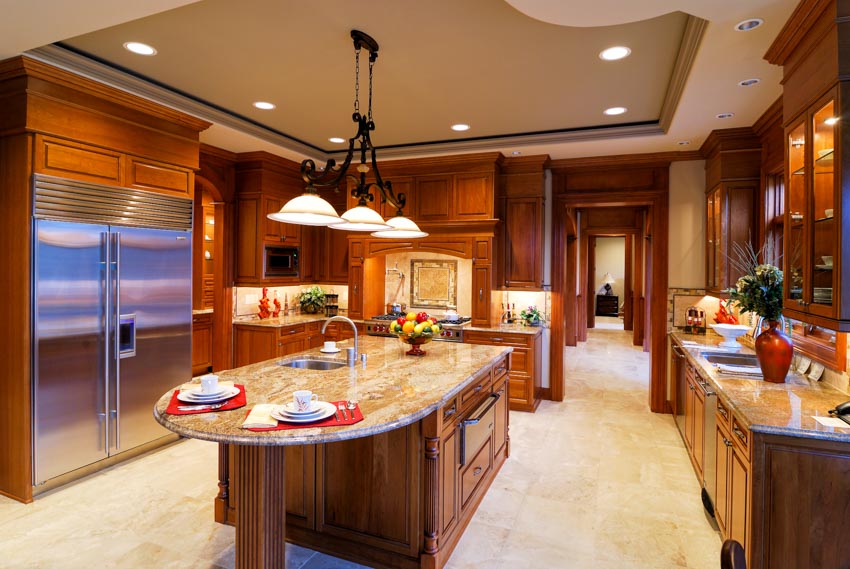
Also known by its botanical name Tectona grandis, its hardwood qualities and ability to resist water and rot due to its natural oils make it ideal for most types of outdoor furniture.
How Do You Identify Genuine Teak?
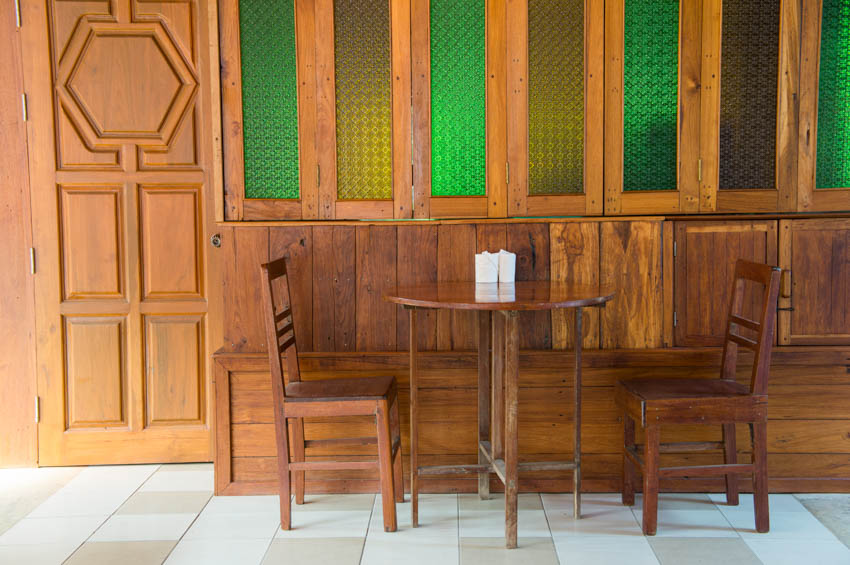
The wood color should not be too dark or too light. As there are types of wood that closely resemble teak, you’ll have to rely on other characteristics of teak, such as the oily texture and pungent leathery smell.
The longer it is stored, the stronger the scent. The oily smell should be pleasant; if the smell is too strong and not pleasant, it’s probably not teak.
Another way to identify genuine teak wood is by knowing its botanical name Tectona grandis; some wood types claim to be real teak but have the botanical or scientific name of black locust wood or Robinia wood.
Teak Grades

Grade A Teak
If the desire is to get the best quality of teak wood, lumber taken from the center of the tree is going to be the best part. Ask or look for Grade A Teak wood. This is going to be the most mature part of the tree and will also contain the highest oil content.
This high oil content gives it the ability to resist the effects of weathering. You can tell you have the correct lumber grade by its golden-brown color if the price tag doesn’t already tip you off. But it will be worth it since this is going to be the most durable and stable of all the grades.
Grade B Teak
Grade B comes from the sapwood part of the tree, the outer section of the heartwood, usually greener parts of the trunk, and takes around one-fourth to one-third of the log. The color will be lighter with less oil content. Of course, this will be weaker with uneven grain patterns, lighter coloring, and less shine.
The wood can receive a variety of finishes and stains and is versatile and more affordable than Grade A but is still able to withstand denting and scratches, making it great for kitchen and dining furniture.
Grade C Teak
This is the least quality of the three tiers, which comes out from the outermost part of the trunk with lesser quality in color and durability. By comparison, oil content will be the least attractive. This type of wood is best used for purposes where a long-lasting application is not expected, such as a temporary construction material.
Nonetheless, Grade C is still very durable and has the desirable qualities of teak without the expensive cost. Grade C teak is mostly used for outdoor furniture.
Which Type Of Teak Is Best?
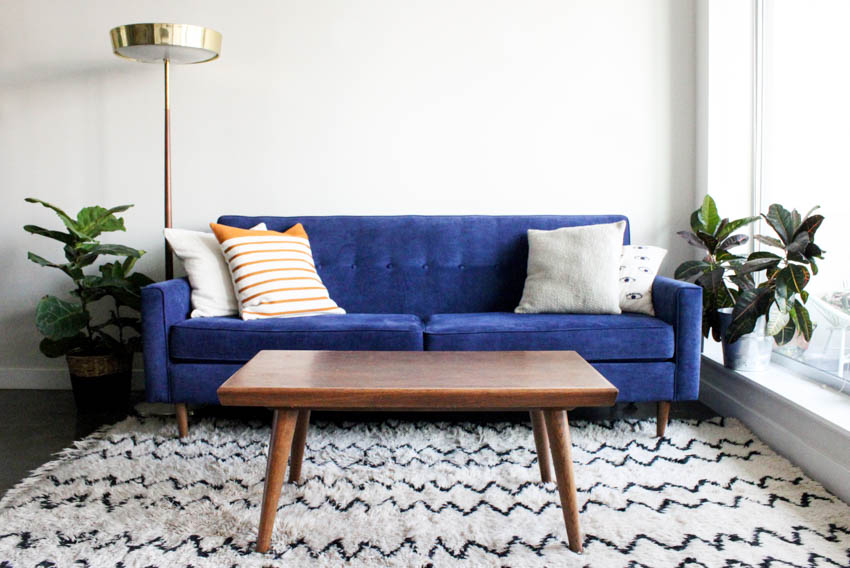
The heartwood’s uniform golden-brown coloring is another reason Grade A is valued as one of the best types of teak wood. Grade A teak is also perfect for indoor use. It has the same beauty and durability as outdoor teak but is also resistant to stains and scratches.
It is also important to note that plantation teak, which is harvested and grown rapidly, is typically lesser in quality as it can affect the density of the wood. Burmese teak is considered extremely stable and durable among the types of teak wood.
See more related content in our article about the different types of wood veneer on this page.




